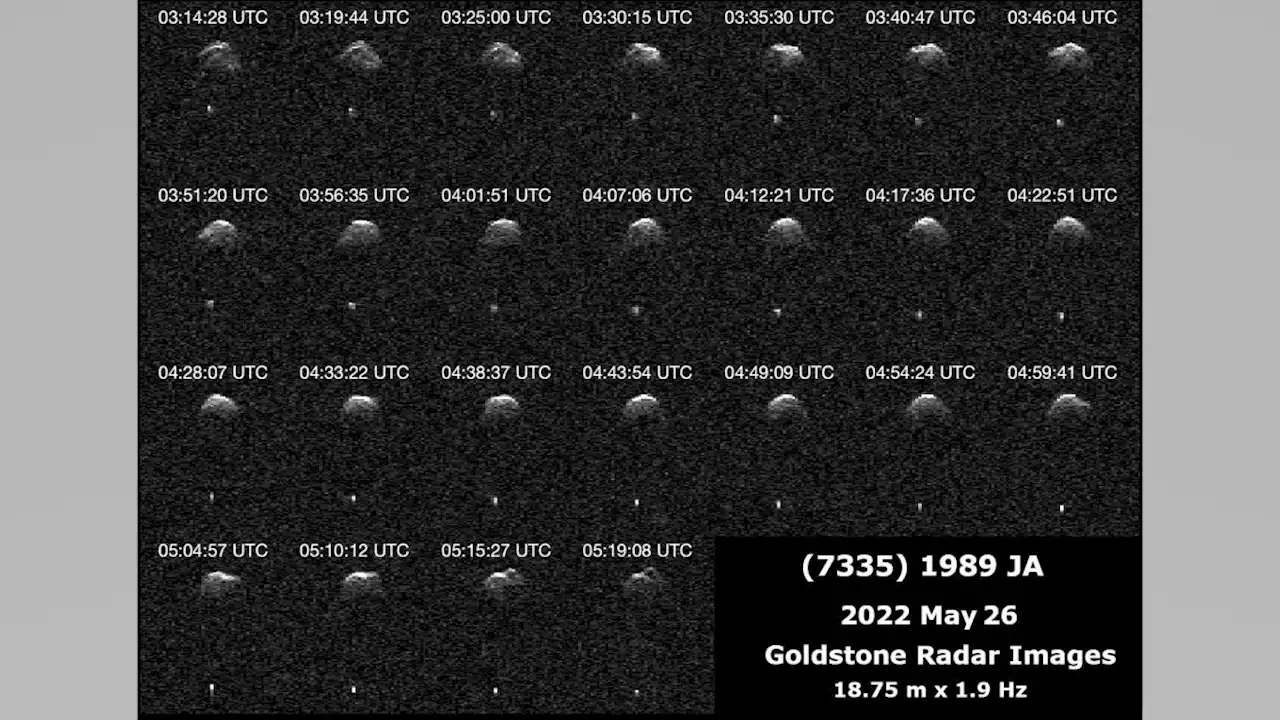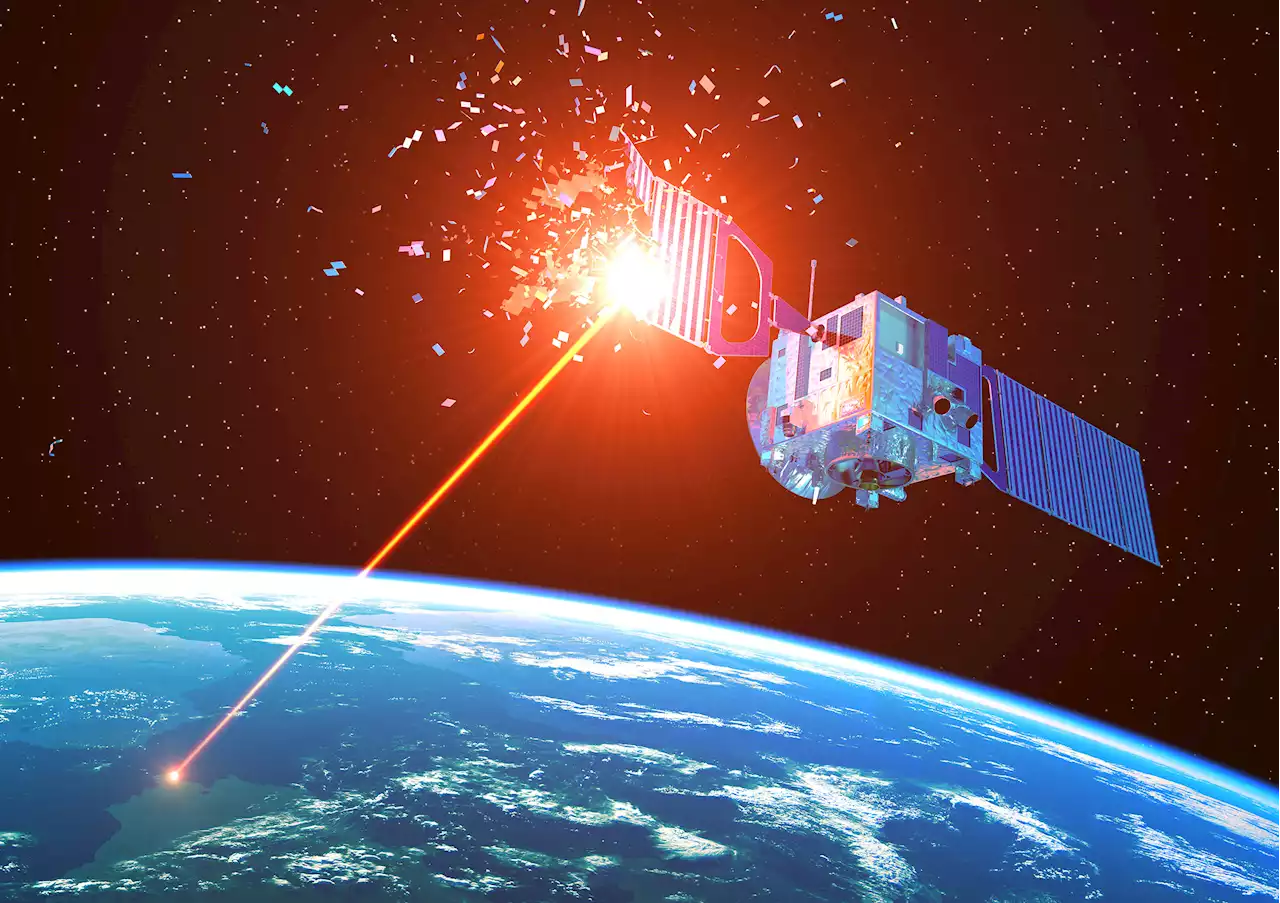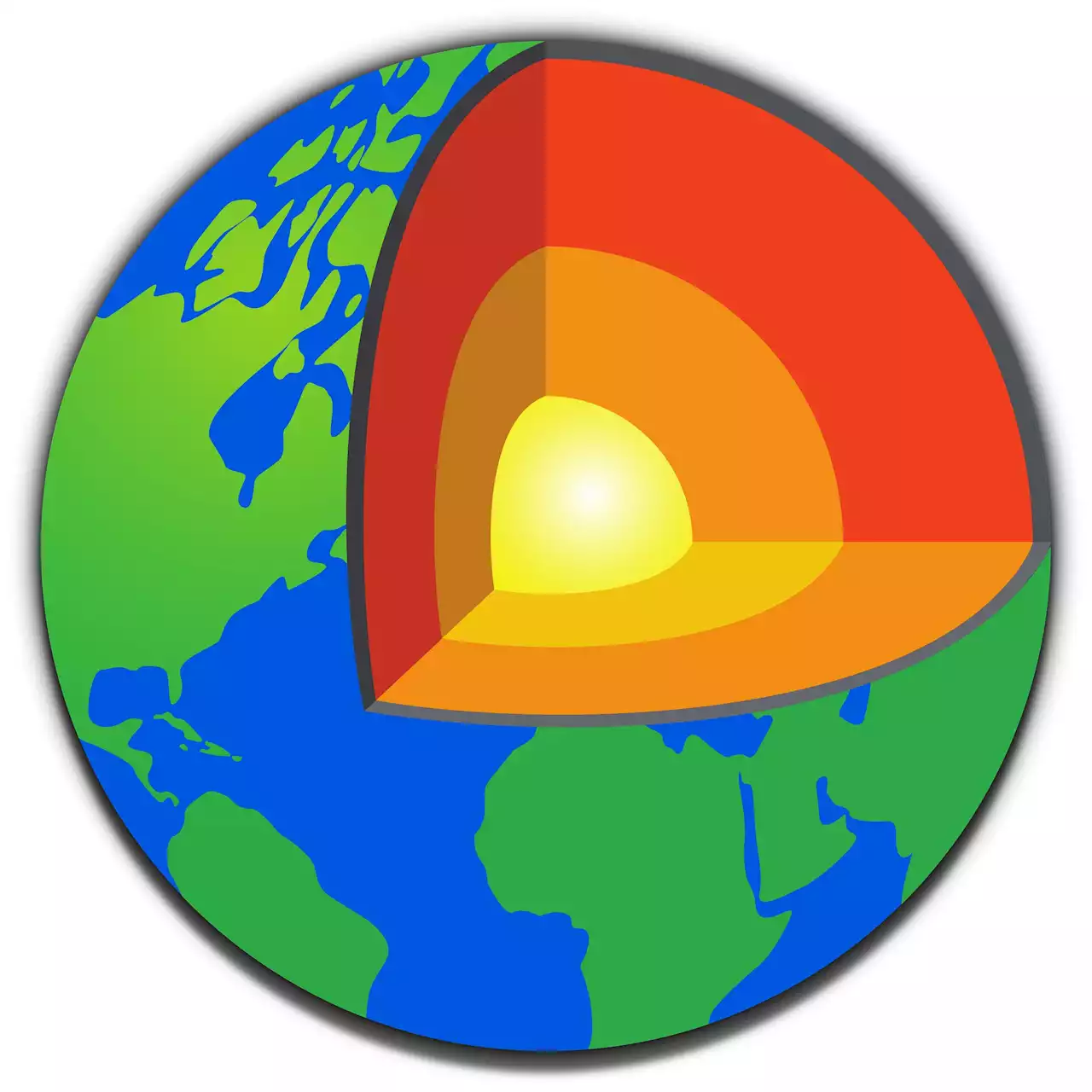Turbulent space weather ahead.
, the solar surface is now showing large filaments of magnetism. Each of these filaments is approximately the distance between the Earth and the Moon, i.e., 238,880 miles . Like sunspots, these regions are also relatively cooler than the solar surface and hence appear darker. However, each filament, if held up in the night sky, would glow brighter than the full Moon, the website said. Solar filaments are also known to be highly unstable.
Spaceweather.com predicts a minor G1-class geomagnetic storm to head towards Earth on the morning of July 13th. However, this storm is likely to be the result of two smaller sunspots and not the filaments. While sunspot AR3038 gave off a C-class solar flare, AR3055 is expected to produce a relatively powerful M-class flare that could result in radio blackouts for a few minutes. We do not know yet what the filaments are capable of.
Österreich Neuesten Nachrichten, Österreich Schlagzeilen
Similar News:Sie können auch ähnliche Nachrichten wie diese lesen, die wir aus anderen Nachrichtenquellen gesammelt haben.
 Largest asteroid to fly by Earth this year spotted in radar imagesSamantha Mathewson joined Space.com as an intern in the summer of 2016. She received a B.A. in Journalism and Environmental Science at the University of New Haven, in Connecticut. Previously, her work has been published in Nature World News. When not writing or reading about science, Samantha enjoys traveling to new places and taking photos! You can follow her on Twitter Sam_Ashley13.
Largest asteroid to fly by Earth this year spotted in radar imagesSamantha Mathewson joined Space.com as an intern in the summer of 2016. She received a B.A. in Journalism and Environmental Science at the University of New Haven, in Connecticut. Previously, her work has been published in Nature World News. When not writing or reading about science, Samantha enjoys traveling to new places and taking photos! You can follow her on Twitter Sam_Ashley13.
Weiterlesen »
 'Threatening' Asteroid on a Collision Course With Earth Has Just Been DowngradedIt's comforting to know that there are people who are literally paid to watch the night sky to ensure that at least we'll be informed if an asteroid will hit the Earth.
'Threatening' Asteroid on a Collision Course With Earth Has Just Been DowngradedIt's comforting to know that there are people who are literally paid to watch the night sky to ensure that at least we'll be informed if an asteroid will hit the Earth.
Weiterlesen »
 Google Earth may have uncovered Russia’s secret anti-satellite laser weaponsA new report may have uncovered evidence of that construction on an anti-satellite weapon has begun in Russia.
Google Earth may have uncovered Russia’s secret anti-satellite laser weaponsA new report may have uncovered evidence of that construction on an anti-satellite weapon has begun in Russia.
Weiterlesen »
 A Compelling New Hypothesis Could Finally Explain How Earth FormedYou want to know something funny? We don't actually know how our planet formed. We have a broad general idea, but the finer details are a lot trickier to unravel.
A Compelling New Hypothesis Could Finally Explain How Earth FormedYou want to know something funny? We don't actually know how our planet formed. We have a broad general idea, but the finer details are a lot trickier to unravel.
Weiterlesen »
 A ‘supermoon’ is about to make its closest approach to Earth of 2022. Here’s what to know.This week the moon will be a mere 222,089 miles from Earth, and will look close enough to touch when it rises.
A ‘supermoon’ is about to make its closest approach to Earth of 2022. Here’s what to know.This week the moon will be a mere 222,089 miles from Earth, and will look close enough to touch when it rises.
Weiterlesen »
 New model shows Earth's deep mantle was drier from the startEarth's mantle is the thick layer of silicate rock between Earth's crust and its molten core, making up about 84% of our planet's volume. The mantle is predominantly solid but, on geologic time scales, it behaves as a viscous fluid—as difficult to stir and mix as a pot of caramel.
New model shows Earth's deep mantle was drier from the startEarth's mantle is the thick layer of silicate rock between Earth's crust and its molten core, making up about 84% of our planet's volume. The mantle is predominantly solid but, on geologic time scales, it behaves as a viscous fluid—as difficult to stir and mix as a pot of caramel.
Weiterlesen »
